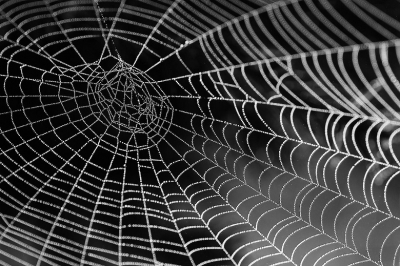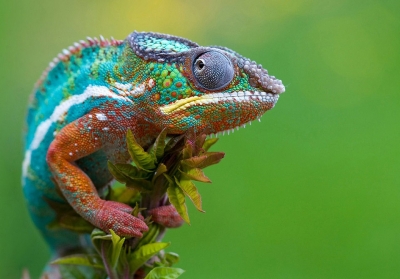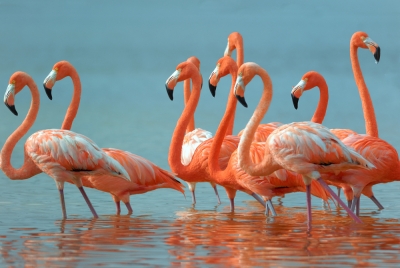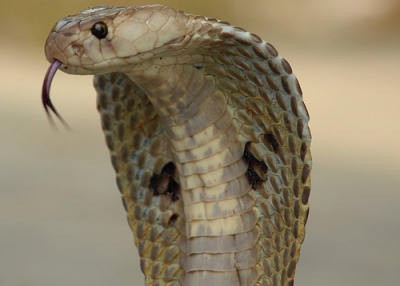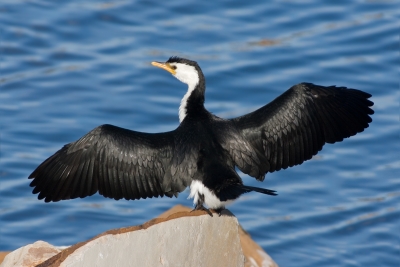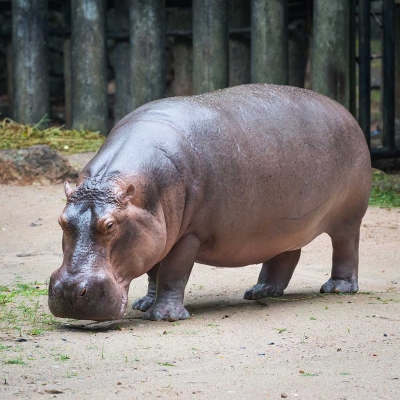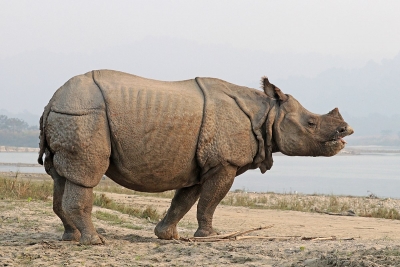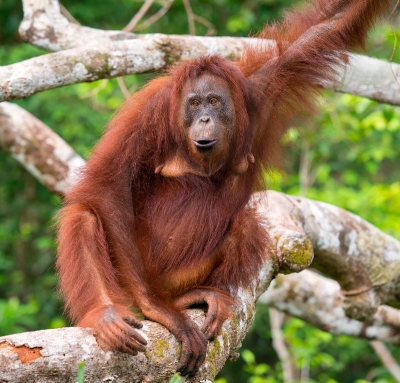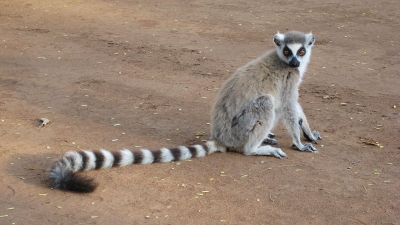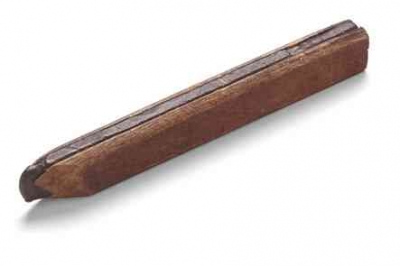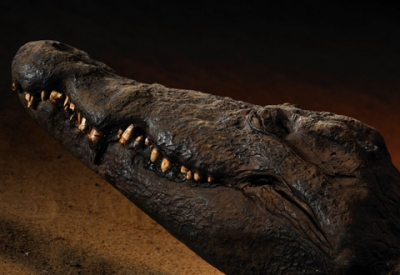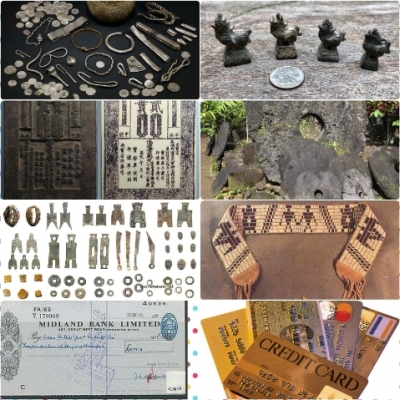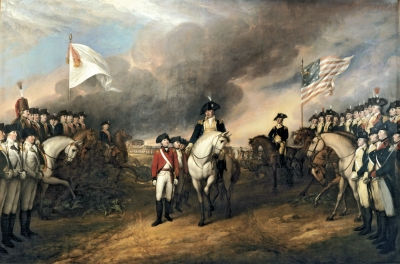
DISEASE
Wherever people have lived together in large numbers, diseases have spread. As ships travelled around the world, diseases like bubonic plague, flu, and cholera spread from country to country. In the past, treatment was often ineffective as people did not understand the true causes of these diseases. We now know that they are caused by microscopic bacteria and viruses.
BUBONIC PLAGUE
In the 1340s, bubonic plague killed around half the population of Europe, and millions more in Asia and Africa. People believed that they could catch the plague by breathing bad air. The true cause was bacteria, passed on by flea bites.
CHOLERA
These bones in the Paris catacombs are from victims of cholera, a disease that originated in India and was brought to Europe by merchant ships in 1829. It is caused by drinking water polluted with sewage, which carries the cholera bacteria. Victims die a painful death, after hours of vomiting and diarrhoea.
FLU PANDEMIC
A widespread outbreak of disease is called a pandemic. The worst case in history took place in 1918-20, when a deadly strain of flu spread around the globe, killing 50-100 million people. Face masks were widely worn, for it was correctly understood that flu is spread by coughs and sneezes.
SMALLPOX
Smallpox was a disease that could scar, blind, and even kill its victims. Like flu or the common cold, it was caused by a virus, a minute agent that can only grow or reproduce inside the cells of living things. Smallpox is one disease that has been wiped out by modern medicine.
HYGIENE
Until the 1860s, people did not understand the importance of hygiene in preventing infections. Surgeons did not even wash their hands before operating. In 1865, an English surgeon called Joseph Lister began to clean the wounds of his patients with carbolic acid. This killed the bacteria that infected the wounds.
SANITATION
The 19th century saw several cholera pandemics in Europe. These were eventually ended by building proper sewers, which stopped bacteria polluting drinking water. The last European pandemic took place in Russia in 1923. Cholera is still a problem in Asia and Africa, with an outbreak in Yemen in 2016.
BACTERIA
Bacteria are microscopic single-celled organisms that infect wounds and cause diseases. In 1928, Scottish scientist Alexander Fleming discovered that a mould growing in his laboratory killed harmful bacteria. He used this discovery to create a new type of anti-bacterial medicine, called an antibiotic.
VACCINATION
A vaccine is a weak form of a disease that helps the body fights a more serious disease. English doctor Edward Jenner realized that people who caught cowpox (a mild form of smallpox), did not get the deadlier disease. In 1796, he injected eight-year old James Phipps with pus from a cowpox blister. When he later tried to infect the boy with smallpox, James did not catch the disease and the first vaccine had been created.
Picture Credit : Google
